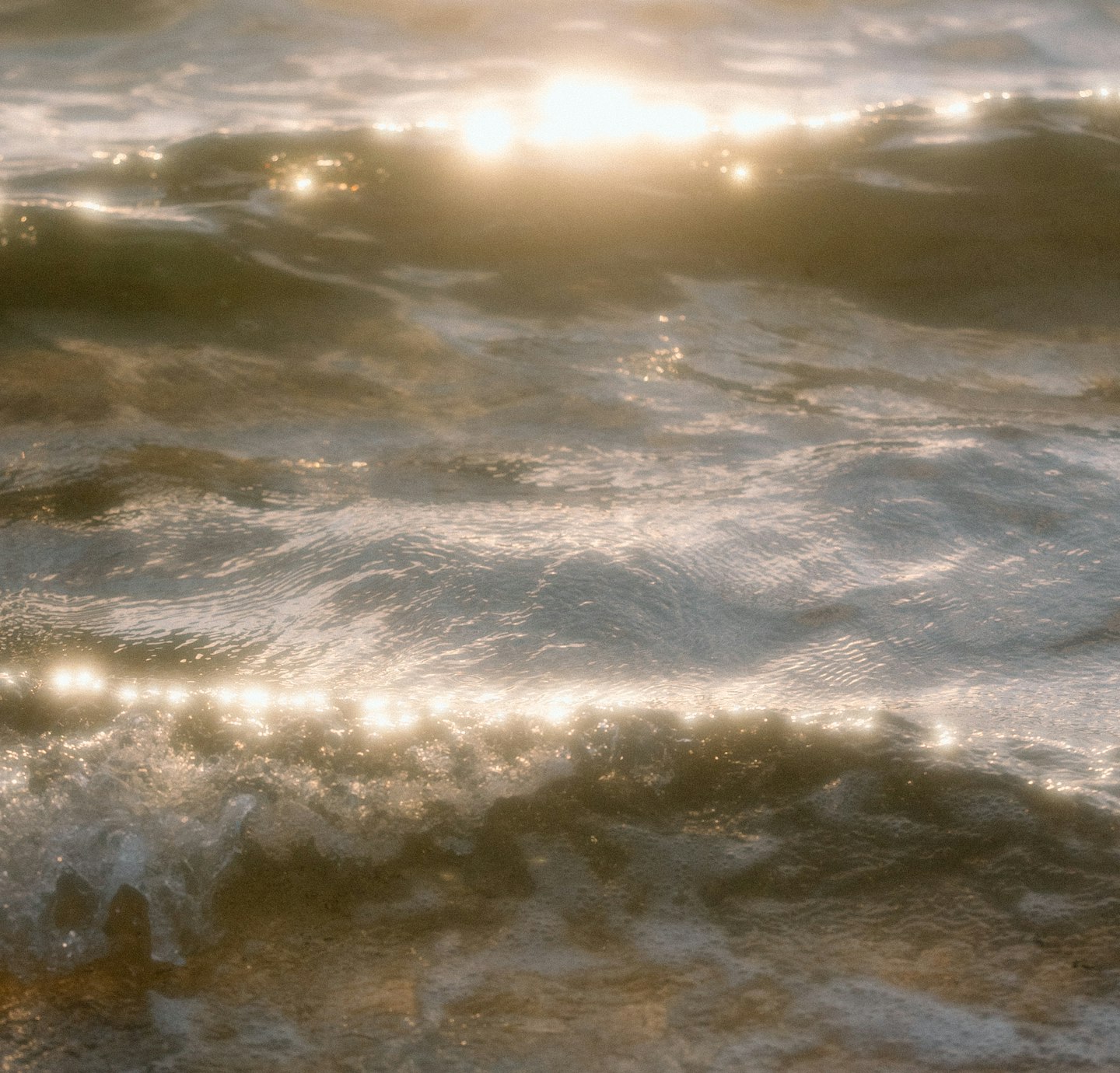When Pinterest launched back in January 2010, I was one of those curious early clickers who went on the platform to see what I could find. One of my very first ‘boards’ I called weird beauty. Sure, there were the usual picture-perfect avocado-toasts with softly boiled eggs, but what really caught my eye were the oddly fascinating vintage ads from the 1950s and ’60s.
These were your typical magazine ads, nothing extraordinary — except, well… they kind of were. Like women wearing face harnesses day and night to get dimples, or trying to erase their freckles by exposing their skin to something called oxygene (whatever that was supposed to be). Totally normal for the time.
The lotus-foot phenomenon from China is perhaps the best-known example of a beauty ideal where women in particular go very far (in their pain) to achieve it.
What struck me is how these devices — back then seen as totally reasonable — aren’t that different from the beauty gadgets we see now. It’s just that, with time, the weirdness becomes more obvious. Standards shift, and so does our perspective.
Take freckles, for example. These days, we think they’re adorable. And most women I know (at least here in the West) would prefer a sun-kissed glow over trying to lighten their natural skin tone. Beauty ideals evolve, and when you look back, it’s kind of amazing — and a little hilarious — to see what we used to take so seriously.
With the study of special beauty rituals, painful cosmetic procedures, beauty standards and dubious inventions, it seems that there is nothing but the conclusion that one has a lot left for a good appearance and that there is an enormous pursuit of beauty.
Women seem to care a lot about beauty. It is fascinating to have a look at what is being done to look good. Whoever looks at women’s history must conclude that this has never been different, but how we think about things like beauty and what we do to achieve this has changed quite a bit throughout history.
Under the Loupe Magazine is an exploration of women’s history. Discover to find out about the women who preceded us and what kind of beauty standards kept them busy. What occupied them? Questions like, what they thought about beauty back then, what their beauty standards and experiences were and what was made to achieve that beauty.
Learning from the past is important. It helps us understand why we live the way we live and why we are the way we are. But such an exploration also enables us to learn from the mistakes of our predecessors, so that we can do better in the present.
Powerful, nostalgic memories can help us cope with change in our lives, give us comfort, and build our sense of identity. Emotions from our past are powerful things, and lag behind in our internal reward system. They can be used to push us in the right direction.
Knowing our history and culture also helps us women to build a sense of pride and belonging. Let them know where they come from – and who preceded them. I think it’s important to have that sense of pride and belonging cause it can make you feel connected with the past and feel part of a group of likeminded women and empower you.
Under The Loupe Magazine lets you get lost in all that funny nonsense. The magazine thus demonstrates, on the basis of all kinds of inventions, rituals and beauty ideals from the present and past, the continuous process of striving for beauty. As a result, the magazine shows the funny, absurd and sometimes painful side of the obsession with the body.
But humanity’s standards of beauty seem to slowly expand. The homogeneous Barbie that the baby boom grew up with seem to be replaced by a multitude that many more girls might appreciate.
That multitude is palpable in popculture, where for example singer Rihanna introduced a foundation for 500 different skincolors. And Kim Kardashian who in 2019 launched a shapewear line called Skims, for every kind of size. The call for more diversity in beauty seems to be louder than ever — from every color of skin and shape of eyes, every texture of hair; different noses, lips, and body types.
But still in this day and era you can find many weird and entertaining beauty products that says a lot about the beauty standards of our time. In the blog Weird beauty products you’ve never seen before, I showed some of such examples.

